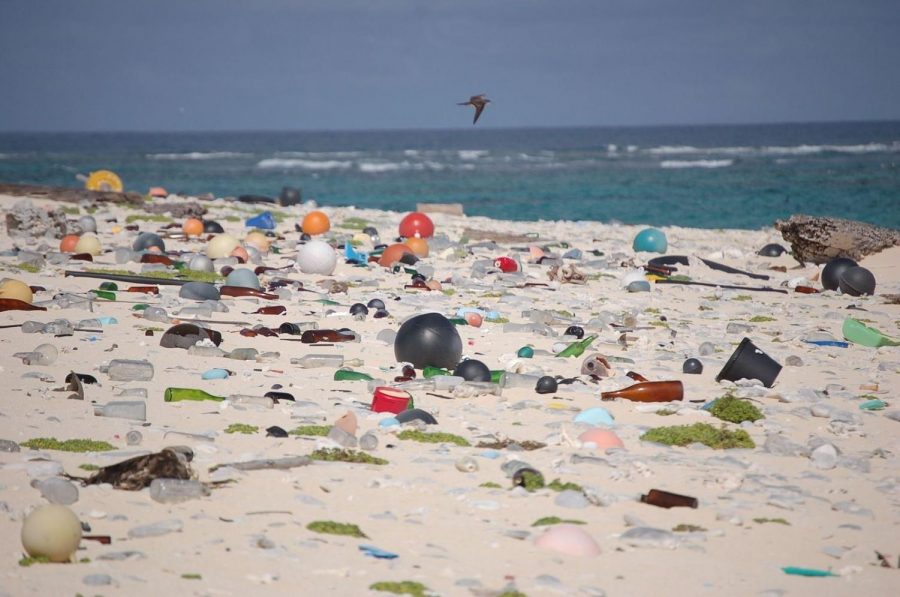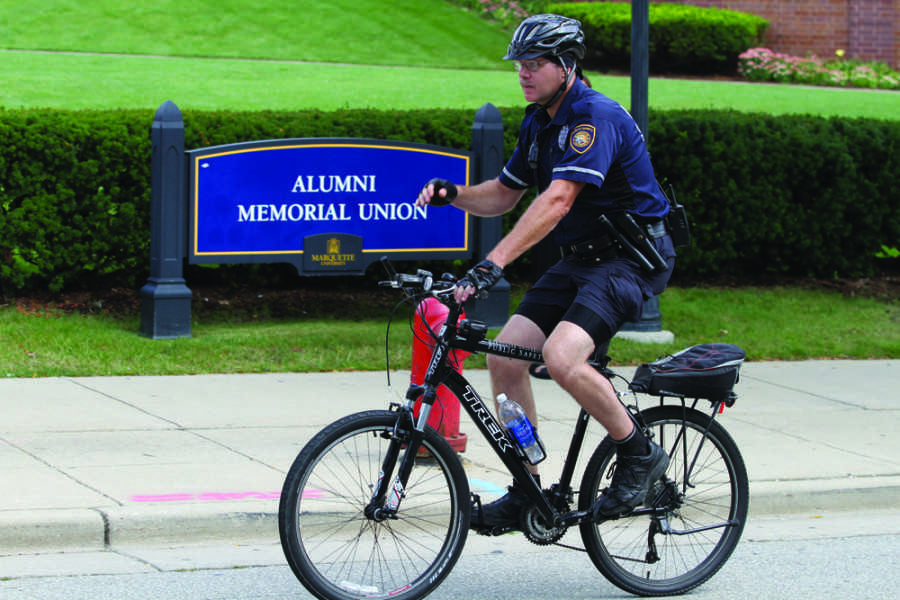Spring break is the perfect time for college students, parents or even high schoolers to take a break and get some much-needed relaxation. Exotic and warm locations are usually the ideal spot, especially for those who live in cold-weather climates and have just experienced a brutal winter. Unfortunately, spring break can have some negative consequences on the environment, and for those who live full-time in popular spring break destinations.
About 40 percent of college students head to spring break destinations, according to Project Know. These include places like South Padre Island, Miami Beach and Cabo San Lucas, among others.
These spring break vacations often include drugs and alcohol, which have their own consequences. The U.S. National Institute on Alcohol Abuse and Alcoholism stated that 44 percent of college girls and 75 percent of college guys drink on a daily basis during spring break.
But worse, many bottles, cigarette butts and litter end up on the beaches. Students see this as a vacation and since they do not live in these places, they do not care how dirty they get.
Not only is this a problem for marine life, but also for the people who live in the area. These locations are their homes, and oftentimes after spring breakers leave, the locals are faced with beaches covered in trash. The trash left on the beach can end up in the oceans and gulfs, which can damage the sensitive ecosystem and harm innocent animals.
What some spring breakers may not realize is if they want to keep returning to these beach destinations, they must keep them clean. Without proper conservation, these beaches will not stay in pristine condition.
Many cities have organized beach clean-ups and implemented more laws to help keep their beaches clean. In Gulf Shores, a litter ordinance was implemented in 2016. Travelers could either clean up after themselves or face a $500 fine. This may seem dramatic, but it is becoming increasingly necessary to implement harsh punishments to protect the beaches.
Some groups have tried to make beach cleanup into a game in order to draw more people in. Handing out trash bags and having competitions for who can pick up the most trash is a very simple way to get more people involved.
Litter takes much more time to decompose than people might think. It can take aluminum cans up to 100 years and glass bottles up to 1 million years. Cigarette butts and plastic six pack rings are around forever, which are especially harmful to sea turtles. Turtles can easily get caught in these 6-pack rings, and are often unable to escape. They can also ingest the plastic and get sick and die as a result. The simple fix is to simply recycle cans and cut up plastic rings. Using reusable bags can also be a helpful.
I remember one time I did a beach clean-up on Lake Michigan. In about an hour, we had gathered multiple pounds of plastic, cans and cigarette butts. I can’t imagine how much worse it is for spring break destinations. This was during winter, and there was still a copious amount of trash.
I’m not saying to stay away from the beaches and not have fun on spring break. This is a time designated for relaxing and spending time however one desires. That said, it is also important to look out for the environment and people’s homes.
As cliche as it sounds, one of the most important sayings to keep in mind is “take only pictures, leave only footprints.” Leave the beach looking cleaner than it was when arriving. Take a one minute break every hour to pick up a few pieces of trash, no matter who put it there. Having fun doesn’t have to come at the expense of wildlife. It is important to keep the beaches clean so that others can visit these places and enjoy them for years to come.




